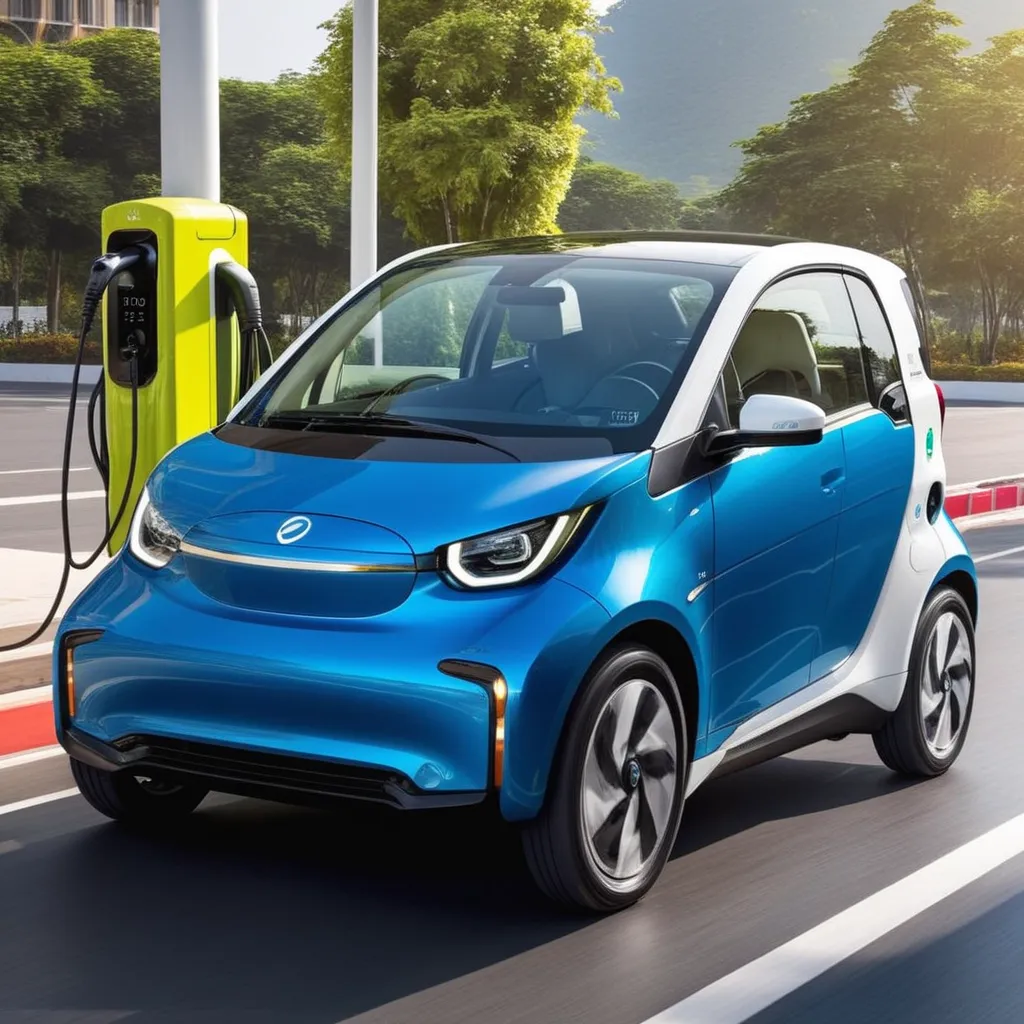India, a major player in the global automotive industry, has embarked on a transformative journey, focusing on transitioning to alternative fuels to curb pollution. This strategic move comes after decades of expanding consumer and vehicle bases and adding local manufacturing facilities. In the year 2024, a pivotal moment unfolds as the country, the third-largest automotive market globally, grapples with challenges in providing accessible growth capital to late-stage startups while simultaneously attempting to entice Tesla and other foreign EV manufacturers to enter its domestic market. The year 2023 witnessed India, the world's largest two- and three-wheeler manufacturer, achieve remarkable milestones. With a staggering sale of almost 24 million vehicles, including commercial and personal four-, three-, and two-wheelers, the latest data on the government's Vahan portal reveals a significant paradigm shift. Of the total registered vehicles, more than 1.5 million were electric vehicles (EVs), capturing 6.35% of the total base. This includes a notable 813,000 electric two-wheelers. While the overall growth in vehicle sales reached nearly 10% compared to 2022, EV sales experienced a substantial surge, growing by close to 47% from the 1.03 million EVs sold in the previous year. The cumulative result paints a picture of a burgeoning EV market, with two-wheelers commanding over 47% of the total sales, four-wheelers representing about 8%, and the remaining share coming from e-rickshaws and three-wheelers. The annual growth in EV sales in 2023, while significant, did not match the meteoric rise observed in the preceding two years. In 2022, the growth rate exceeded 209%, and in 2021, it reached 166%. One contributing factor to the dip in EV sales was the reduction in subsidies provided to two-wheeler customers through the $1.38 billion incentive scheme known as Faster Adoption and manufacturing of (Hybrid and) Electric Vehicles, or FAME-II. This scheme, which came into effect in June, led to a notable monthly drop of over 56% in electric two-wheeler sales in that month alone. The sudden decline in these sales arguably impacted the overall EV market, considering India's predominant focus on two-wheelers and limited manufacturers in the electric car segment.India's Electric Vehicle Landscape in 2024

How EVs Fared in 2023
Factors Influencing EV Sales
Thursday, February 01, 2024
Navigating the Future: India's Electric Vehicle Strategy Unveiled for 2024
Subscribe to:
Posts (Atom)

No comments:
Post a Comment